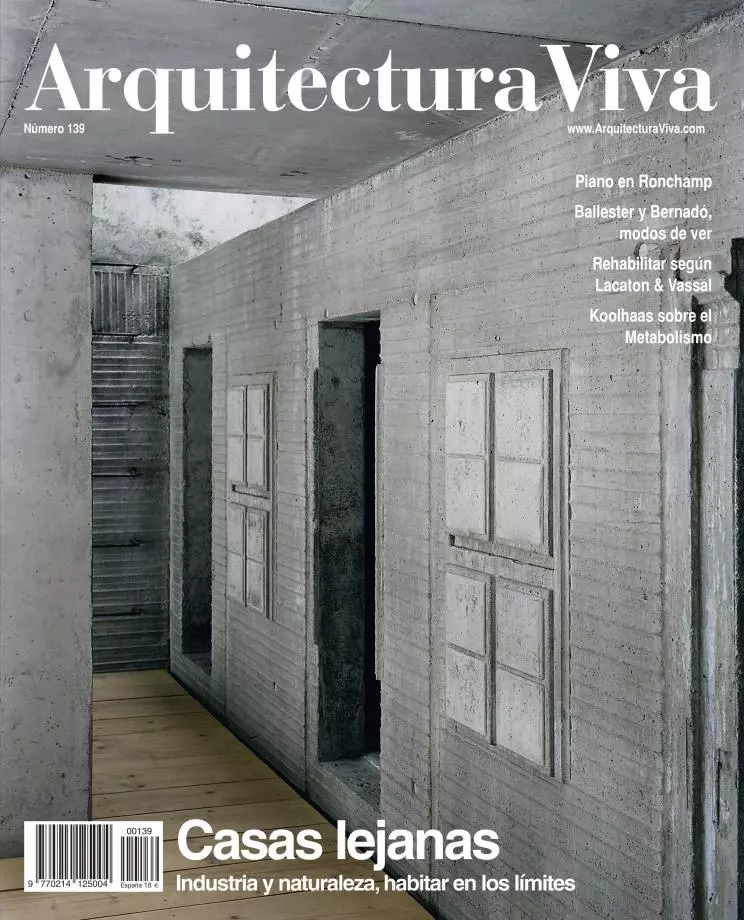
There are loves that kill, and our devotion to the house is one of them. Every issue dedicated to houses forces us to offer a string of excuses. Yes, we know that the scattered habitat generated by the single-family house and by the car that makes it accessible is an ecological disaster, a defacement of landscape and a social impoverishment: the squandering of material and energy resources in its construction and maintenance is an agression to the planet; the indiscriminate growth of those low-density carpets irreversibly deteriorates the territory; and the fragmentation of collective life destroys the dense web of contacts that is the main wealth of cities, the basis of their prosperity and the essence of their appeal. And yes, we also know that in the current predicament of our civilization, threatened by climate change, the scarcity of fossil fuels and the collapse of governance, only urban density, in the end incompatible with the house, can responsibly be defended.
But the house fascinates and seduces us, be it in its anthropological version of elementary shelter and essential dwelling, be it in its technological variant as showcase of private life and space for family comfort, and we end up surrendering to its spell. The excuse is thus the phenomenological dimension explored by Gaston Bachelard, with the house as shelter for the dreams of the attic and the nightmares of the basement, delving into the subsconscious along lines that go from Freud or Lacan to Zizek passing through Hitchcock; or else the celebration of modern consumption, with the Case Study houses of John Entenza with the Eames or Pierre Koenig as its most euphoric moment, and the collage of the recently disappeared Richard Hamilton – Just what is it that makes today’s homes so different, so appealing? – as its pop ad and apotheosis. Holding on to this bait in its ageless version or in its contemporary form, we go on building houses and talking about them.
All in all, the house is still a fabulous laboratory for research and innovation which allows exploring both the boundaries of industry and nature on its boundaries, as shown by the pioneering studies of residential manufacturing – of which we publish six examples from recent history – and by the extreme experiences in the construction of houses or shelters in remote places – documented by a dozen new works in four continents –, and this simultaneous presentation perhaps illustrates the stubborn and permanently renewed fertility of the house experiment. We will then praise the virtues of the dense city as the most adequate context for human life in a finite world, and keep criticizing the senseless suburbanization of the planet promoted by the car and the house; but we shall continue to consume the latter, in small doses, as a risky or pleasurable experience: a designer drug, a vaccine under study or a poison that we hope does not kill.





